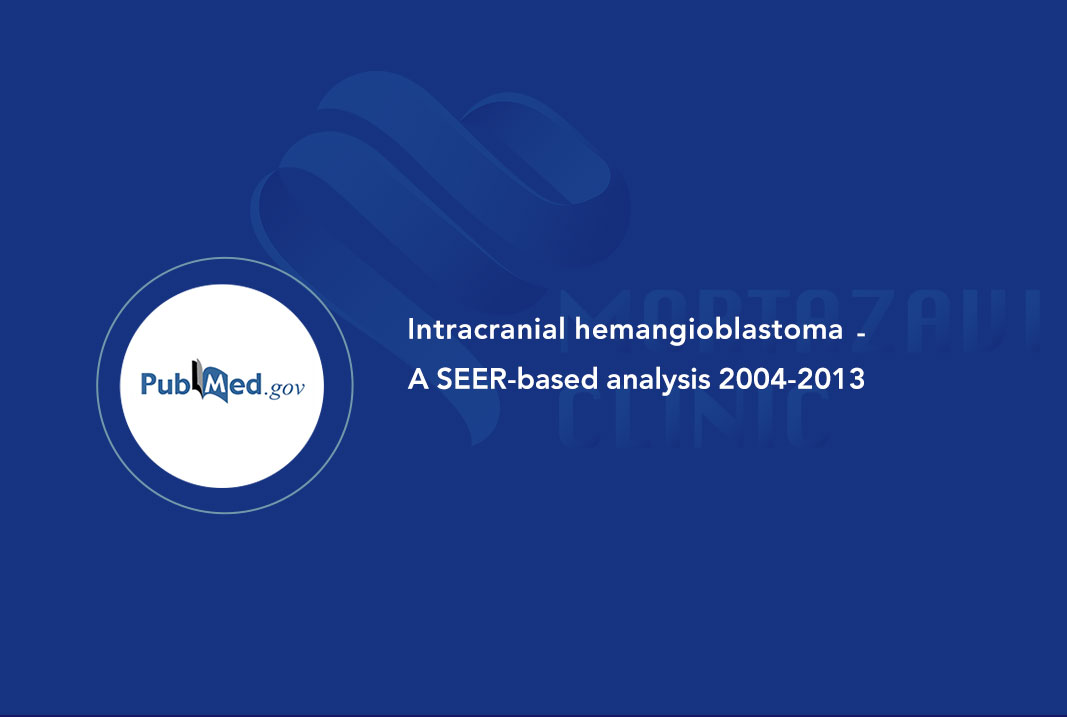Intracranial hemangioblastoma - A SEER-based analysis 2004-2013

Abstract
Introduction: Intracranial hemangioblastoma (HB) is a rare pathology. Limited data exist regarding its epidemiology.
Methods: With the SEER-18 registry database, information from all patients diagnosed with intracranial HB from 2004 to 2013 were extracted, including age, gender, race, marital status, presence of surgery, extent of surgery, receipt of radiation, tumor size, tumor location, and follow-up data. Age-adjusted incidence rates and overall survival (OS). Cox proportional hazards model was employed for both univariate and multivariate analyses.
Results: A total of 1307 cases were identified. The overall incidence of intracranial hemangioblastoma is 0.153 per 100,000 person-years [95% confidence interval (CI)=0.145-0.162]. Through univariate analysis, age < 40 [hazard ratio (HR)=0.277, p<0.001], no radiation [HR=0.56, p=0.047], and presence of surgery [HR=0.576, p=0.012] are significant positive prognostic factors. Caucasian race [HR=1.42, p=0.071] and female gender [HR=0.744, p=0.087] exhibit noticeable trends towards positive prognosis. Through multivariate analysis, younger age [HR=1.053, p < 0.01], race [HR=1.916, p<0.01], and presence of surgery [HR=0.463, p<0.01 were significant independent prognostic factors.
Conclusion: Clinical factors such as younger age, Caucasian race, and presence of surgery are significant independent factors for overall survival in patients with HBs. Though analysis regarding extent of surgery did not produce a meaningful relationship, this may be related to surgical bias / expertise. Moreover, no validation for radiation therapy was identified, but this may be related to short follow up intervals and the variable growth patterns of HBs.
to see the full article, check the link below:



